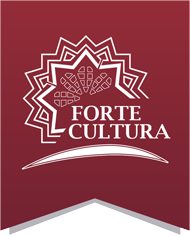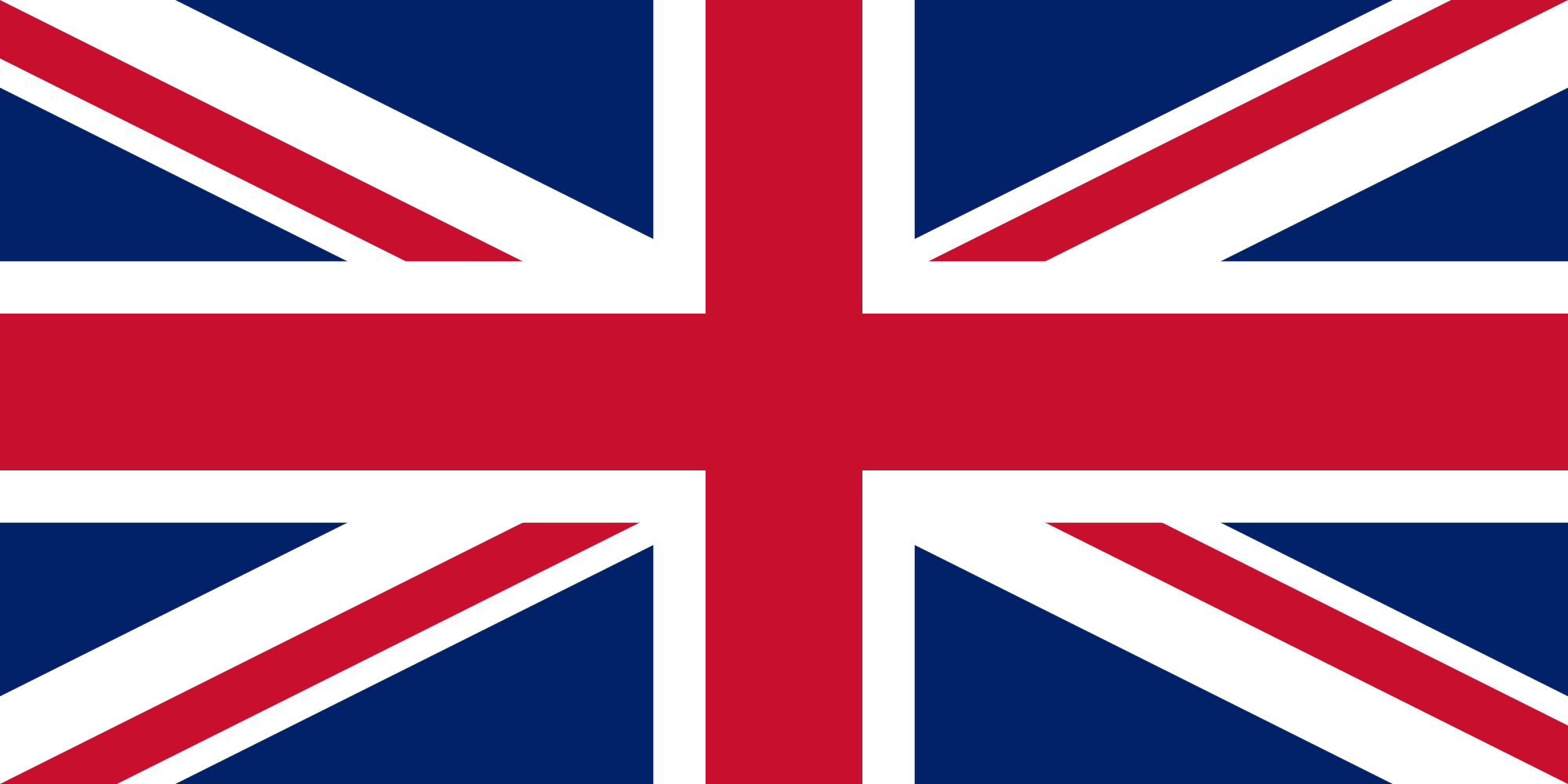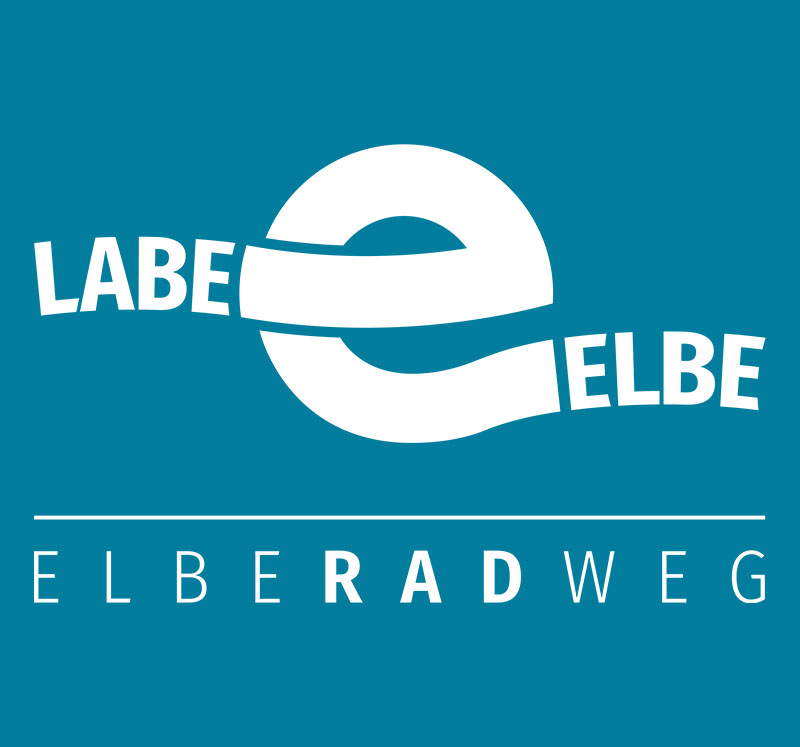Contact
Torgau-Informations-Center - TIC
Markt 1, Town Hall
Phone: (03421) 7014-0
E-Mail
Website
The Renaissance city Torgau with castle Hartenfels was the political centre of the Reformation during the 16th century in Germany. Here the first political alliance of reformed electors between Hesse and Saxony was formed. Martin Luther travelled more than 60 times to Torgau and ordained the first Protestant castle church. The Torgau article, written in 1530 by Luther, Melanchthon, Jonas and Bugenhagen were the groundwork for the famous statement of faith “Confessio Augustana”.Luther path in Saxony and the Princes street of Wettins .
FORTE CULTURA® Travel Recommendations
Experience World
Fortified Castle Hartenfels
Castle Hartenfels, in the style of the Renaissance, had been the location of different historically important events over centuries. Names like Martin Luther, elector Frederic the Wise and Johann Frederick the Generous, tsar Peter I and artist like Lucas Cranach and Heinrich Schütz are strongly connected to its history. In the bear pit, operating since 1452 in Torgau, 3 brown bears are still living today.
Culture Bastion
As part of the fortification by the French from 1810 the city was fortified with 8 bastions. These bastions had side casemates, bombproof rooms in the bastion sides. The rights side casemate of the former bastion II had been used in several ways since, mostly as a depot.
Fort Zinna
Fort Zinna was built in 1811 as part of the fortification by the French and was an independent outwork of fortress Torgau. After Torgau gave up its fortress status, it was used as a prison from 1890.
Fort Bridgehead and defence barracks
Already in the early 17th century a bridge entrenchment was built on the Eastern side of the Elbe as part of the Saxon land fortress Torgau. Fortified and rebuilt again and again it had gotten its final form by the French from 1811-13 and after that by the Prussians as bridgehead with defence barracks. During World War II this area was used a military prison.
Fortified Railway Bridge
The Halle-Sorau-Guben railway company built the one-track railway bridge over the Elbe in 1872 as part of the Halle-Cottbus line. Gates were built on both ends of the 350m long bridge. On the Eastern side directly at the railway the lunette Zwethau is located which was built already in 1811-1813.
Tour Offers and Information
Grenadierbataillon von Spiegel e.V. Torgau
Torgau-Info-Center (TIC)
Culture Bastion
DIZ Torgau
Map
Monument and History
History In Torgove, first mentioned in 973, the first fortifications were built in the 12 and 13th century with a medieval city wall which was later extended.
Architecture Fortress Torgau Castle Hartenfels
Quelle: Festung Torgau Quelle: TIC Torgau Quelle: Merian
Nature Experience Elbe hiking and bike path Big Pond Torgau
Quelle: TIC Torgau Quelle: Zeppelubil / Th. Haft / Torgau Quelle: Biberhof Torgau
Partner






